Themed collection Catalysis on Zeolites

Catalysis on Zeolites – Catalysis Science & Technology
Editorial for the themed issue “Catalysis on Zeolites”.
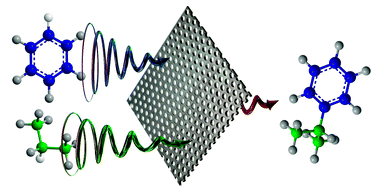
Catal. Sci. Technol., 2016,6, 2465-2466
https://doi.org/10.1039/C6CY90042A
Bifunctional noble metal/zeolite catalysts for upgrading low-quality diesel fractions via selective opening of naphthenic rings
Hydrogenation of polyaromatics coupled with selective ring opening (SRO) of naphthenes over bifunctional noble metal/zeolite catalysts can be applied to bring low-quality diesel cuts like LCO into cetane specifications.
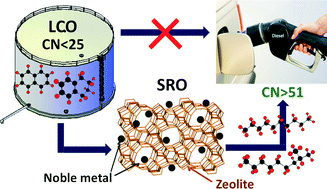
Catal. Sci. Technol., 2016,6, 2528-2542
https://doi.org/10.1039/C6CY00135A
Hybrid organic–inorganic zeolites: status and perspectives
This Perspective article focuses on the recent progress and research directions in the preparation of hybrid organic–inorganic zeolites for applications in heterogeneous catalysis.
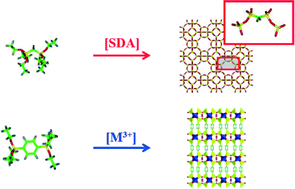
Catal. Sci. Technol., 2016,6, 2502-2527
https://doi.org/10.1039/C5CY02057C
Disruptive catalysis by zeolites
Emerging concepts and novel possibilities in catalysis by zeolites for a new scenario in chemical and energy vector production.
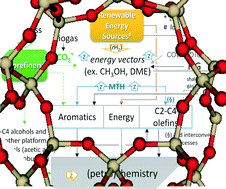
Catal. Sci. Technol., 2016,6, 2485-2501
https://doi.org/10.1039/C5CY02184G
Two-dimensional zeolites in catalysis: current status and perspectives
Two-dimensional zeolites have been studied and developed as diverse and fundamentally new forms of 3D framework structures.
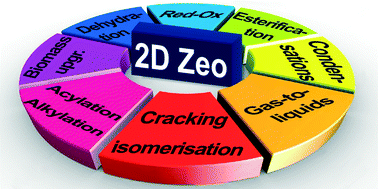
Catal. Sci. Technol., 2016,6, 2467-2484
https://doi.org/10.1039/C5CY02079D
Zeolite-catalysed C–C bond forming reactions for biomass conversion to fuels and chemicals
Biomass conversion to fuels requires elimination of oxygenated functionalities along with formation of C–C bonds to help keeping the largest possible amount of carbon in the fuel range (e.g. C7–C15).
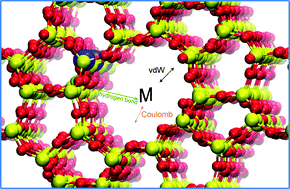
Catal. Sci. Technol., 2016,6, 2543-2559
https://doi.org/10.1039/C5CY02271A
Hierarchical mesoporous Pd/ZSM-5 for the selective catalytic hydrodeoxygenation of m-cresol to methylcyclohexane
Mesopore incorporation into ZSM-5 enhances the dispersion of Pd nanoparticles significantly accelerating m-cresol conversion relative to a conventional microporous ZSM-5, and dramatically increasing selectivity towards the desired methylcyclohexane deoxygenated product.
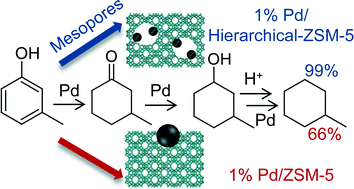
Catal. Sci. Technol., 2016,6, 2560-2564
https://doi.org/10.1039/C5CY02072G
Towards biolubricant compatible vegetable oils by pore mouth hydrogenation with shape-selective Pt/ZSM-5 catalysts
Pore mouth hydrogenation of vegetable oil with Pt/ZSM-5 is confirmed by the similar intermediately melting product selectivity for various crystal sizes.
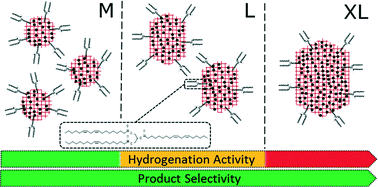
Catal. Sci. Technol., 2016,6, 2820-2828
https://doi.org/10.1039/C6CY00498A
Catalyst hydrothermal deactivation and metal contamination during the in situ catalytic pyrolysis of biomass
We investigated the effects of hydrothermal deactivation and biomass metal contamination on the properties and catalytic performance of commercial ZSM-5 catalysts.
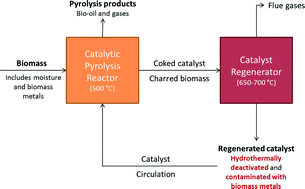
Catal. Sci. Technol., 2016,6, 2807-2819
https://doi.org/10.1039/C5CY02239H
Assessing biomass catalytic pyrolysis in terms of deoxygenation pathways and energy yields for the efficient production of advanced biofuels
The present work systematically studies the effect of the operation conditions of biomass catalytic pyrolysis on parameters like bio-oil oxygen content and mass yield, but also on additional indicators, such as the distribution of oxygen and chemical energy among the products.
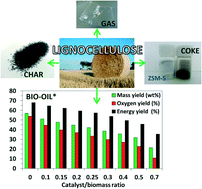
Catal. Sci. Technol., 2016,6, 2829-2843
https://doi.org/10.1039/C6CY00522E
Modification of Sn-Beta zeolite: characterization of acidic/basic properties and catalytic performance in Baeyer–Villiger oxidation
Sn-Beta modified with cations such as Li and Na showed better catalytic performance than non-modified Sn-Beta with “open” sites in Baeyer–Villiger oxidation.
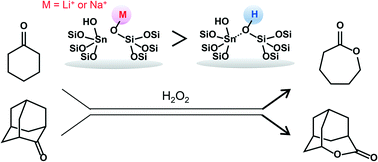
Catal. Sci. Technol., 2016,6, 2787-2795
https://doi.org/10.1039/C6CY00532B
Bidimensional ZSM-5 zeolites probed as catalysts for polyethylene cracking
Lamellar and pillared ZSM-5 zeolites (L-ZSM-5 and PI-ZSM-5, respectively) were synthesized and tested in the catalytic cracking of low-density polyethylene (LDPE).
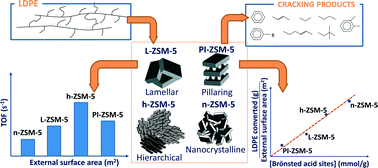
Catal. Sci. Technol., 2016,6, 2754-2765
https://doi.org/10.1039/C5CY02075A
Comparison of glucose conversion to 5-HMF using different modified mordenites in ionic liquid and biphasic media
Modified mordenites have been used in the direct conversion of glucose into 5-hydroxymethylfurfural (5-HMF) in two different media: the ionic liquid 1-butyl-3-methylimidazolium bromide ([BMIM]Br) and a biphasic system composed of water–acetone and ethyl acetate.
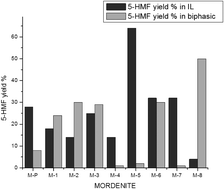
Catal. Sci. Technol., 2016,6, 2766-2774
https://doi.org/10.1039/C5CY02070K
Framework-substituted cerium MCM-22 zeolite and its interlayer expanded derivative MWW-IEZ
Framework-substituted MCM-22 with up to 5% Ce was prepared by a conventional non-TEOS-based method.
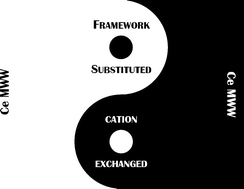
Catal. Sci. Technol., 2016,6, 2742-2753
https://doi.org/10.1039/C5CY02074C
Selective oxidation of bulky organic sulphides over layered titanosilicate catalysts
Selective oxidation of sulphides is a straightforward method of preparation of organic sulphoxides and sulphones. Bulky sulphides can be selectively oxidized using layered crystalline titanosilicate catalysts with H2O2 as the oxidant.
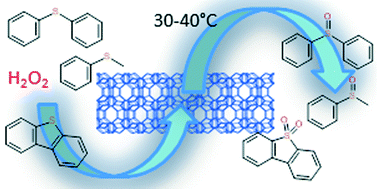
Catal. Sci. Technol., 2016,6, 2775-2786
https://doi.org/10.1039/C5CY02083B
Improving the catalytic performance of SAPO-18 for the methanol-to-olefins (MTO) reaction by controlling the Si distribution and crystal size
The physico-chemical properties of the small pore SAPO-18 zeotype have been controlled by properly selecting the organic molecules acting as organic structure directing agents (OSDAs).
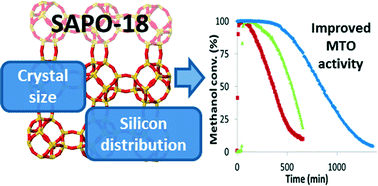
Catal. Sci. Technol., 2016,6, 2796-2806
https://doi.org/10.1039/C5CY02298C
Mesoporous EU-1 zeolite as a highly active catalyst for ethylbenzene hydroisomerization
The synthesis of a micro-mesoporous EUO zeolite with a significant volume of intercrystalline mesoporosity revealed an outstanding result in the challenging industrial hydroisomerization of ethylbenzene.
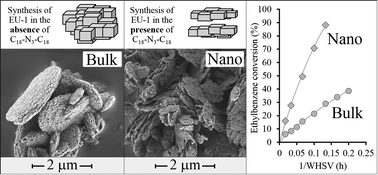
Catal. Sci. Technol., 2016,6, 2735-2741
https://doi.org/10.1039/C5CY02027A
Small-pore molecular sieves SAPO-57 and SAPO-59: synthesis, characterization, and catalytic properties in methanol-to-olefins conversion
The synthesis and characterization of SAPO-57 and SAPO-59, two new members of the ABC-6 family of zeolite structure, together with their methanol-to-olefins performance, are presented.
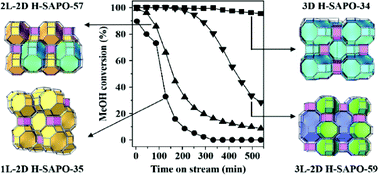
Catal. Sci. Technol., 2016,6, 2725-2734
https://doi.org/10.1039/C5CY02103K
Design of an MWW zeolite catalyst for linear alkylbenzene synthesis with improved catalytic stability
Effect of micro–meso porosity of MWW zeolites on the catalytic linear alkylbenzene synthesis was studied.
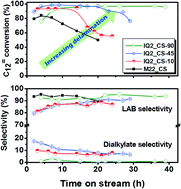
Catal. Sci. Technol., 2016,6, 2715-2724
https://doi.org/10.1039/C5CY02208H
Towards molecular control of elementary reactions in zeolite catalysis by advanced molecular simulations mimicking operating conditions
Ingeniously selecting zeolite topology and acidity, reaction temperature and guest molecule loading enables tuning the reaction mechanism of zeolite-catalyzed methylation reactions.
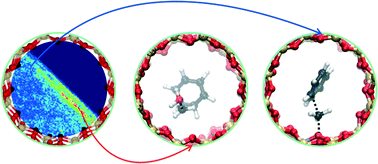
Catal. Sci. Technol., 2016,6, 2686-2705
https://doi.org/10.1039/C5CY02073E
Selective dehydrogenation of bioethanol to acetaldehyde over basic USY zeolites
Alkali-activated zeolites are active, selective and stable catalysts for ethanol dehydrogenation to acetaldehyde. Molecular oxygen eases hydrogen abstraction from the adsorbed ethoxide intermediate boosting the catalytic performance.
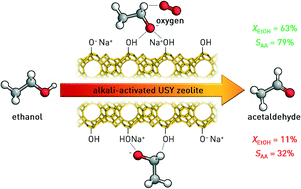
Catal. Sci. Technol., 2016,6, 2706-2714
https://doi.org/10.1039/C5CY02020D
Methanol-to-olefins process over zeolite catalysts with DDR topology: effect of composition and structural defects on catalytic performance
The effect of physicochemical properties on catalyst deactivation, overall olefin selectivity and ethylene/propylene ratio during the methanol-to-olefins (MTO) reaction is presented for two zeolites with the DDR topology, Sigma-1 and ZSM-58.
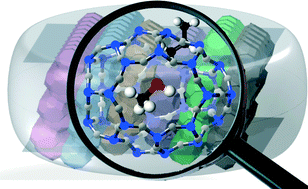
Catal. Sci. Technol., 2016,6, 2663-2678
https://doi.org/10.1039/C5CY02140E
Effect of SO2 on NH3 oxidation over a Cu-SAPO-34 SCR catalyst
The impact of SO2 on NH3 oxidation, an undesired side reaction that can occur during NH3-SCR, was studied using Cu-SAPO-34.
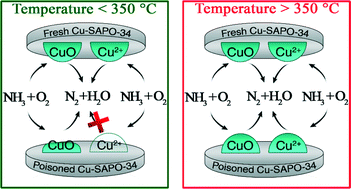
Catal. Sci. Technol., 2016,6, 2679-2685
https://doi.org/10.1039/C5CY02212F
The effect of Si/Al ratio on the catalytic performance of hierarchical porous ZSM-5 for catalyzing benzene alkylation with methanol
High suppression of ethylbenzene formation could be successfully achieved by adjusting the Si/Al ratio of hierarchical porous ZSM-5.
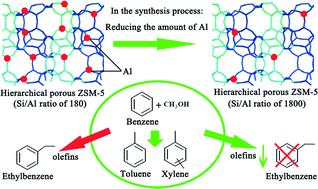
Catal. Sci. Technol., 2016,6, 2647-2652
https://doi.org/10.1039/C5CY01976A
Impact of pore topology and crystal thickness of nanosponge zeolites on the hydroconversion of ethylbenzene
Gas-phase hydroconversion of ethylbenzene was investigated using *MRE, MFI and MTW-type zeolite nanosponges with a hydrogenating component (Pt/Al2O3). Spacious channel interconnections in MFI was concluded to remarkably impact product selectivity compared to *MRE and MTW.
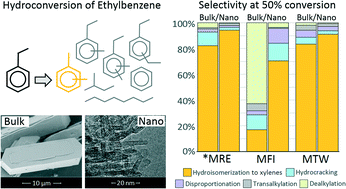
Catal. Sci. Technol., 2016,6, 2653-2662
https://doi.org/10.1039/C5CY02029H
The curious effects of integrating bimetallic active centres within nanoporous architectures for acid-catalysed transformations
Engineering site-specific interactions, by introducing complementary transition-metal ions within nanoporous architectures, affords tunability in solid-acid catalysed transformations.
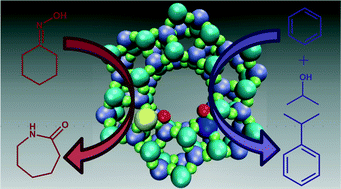
Catal. Sci. Technol., 2016,6, 2616-2622
https://doi.org/10.1039/C5CY02061A
Pd/zeolite-based catalysts for the preferential CO oxidation reaction: ion-exchange, Si/Al and structure effect
A screening of Pd/zeolite-based catalysts in the PrOx-CO reaction in H2-rich streams was performed using zeolites with different cations (H+, Na+ and Cs+) prepared by ion exchange and framework type (MFI and FAU).
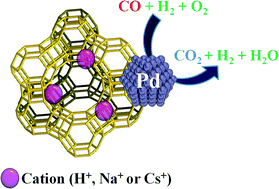
Catal. Sci. Technol., 2016,6, 2623-2632
https://doi.org/10.1039/C5CY02044A
Carbon/H-ZSM-5 composites as supports for bi-functional Fischer–Tropsch synthesis catalysts
Deposition of pyrolytic carbon on the surface of mesoHZSM-5 improves the activity, C5–C9 selectivity and decreases CH4 selectivity by weakening cobalt-support interaction.
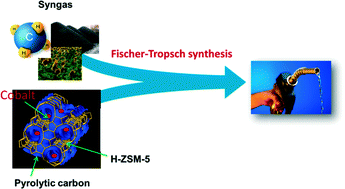
Catal. Sci. Technol., 2016,6, 2633-2646
https://doi.org/10.1039/C5CY01942G
Studies on the epoxidation of methallyl chloride over TS-1 microsphere catalysts in a continuous slurry reactor
The epoxidation of methallyl chloride (MAC) to 2-methyl epichlorohydrin (MECH) with H2O2 using TS-1 microsphere catalysts (TS-1-MS) in a continuous slurry reactor was investigated.
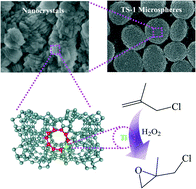
Catal. Sci. Technol., 2016,6, 2605-2615
https://doi.org/10.1039/C5CY02002F
Improvement in the catalytic properties of ZSM-5 zeolite nanoparticles via mechanochemical and chemical modifications
A combination of bead-milling, subsequent recrystallization and acid treatment of micron-sized ZSM-5 zeolite can provide a highly efficient ZSM-5 nanoparticle catalyst.
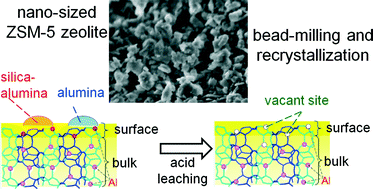
Catal. Sci. Technol., 2016,6, 2598-2604
https://doi.org/10.1039/C5CY01644D
Deactivation of Cu-SSZ-13 by SO2 exposure under SCR conditions
Sulfur poisoning is worse in SCR conditions as seen in the figure. Sulfur can be gradually removed during SCR conditions until a certain limit. Sulfur is removed more easily in the front part of the catalyst. Increased ammonia storage is observed due to storage on sulfur species.
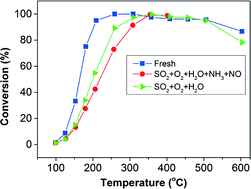
Catal. Sci. Technol., 2016,6, 2565-2579
https://doi.org/10.1039/C5CY01288K
Immobilized Grubbs catalysts on mesoporous silica materials: insight into support characteristics and their impact on catalytic activity and product selectivity
The ideal support characteristics for immobilization of the Hoveyda–Grubbs 2 catalyst were defined in the metathesis of cyclooctene and the reaction mechanism to cyclic oligomers was unraveled.
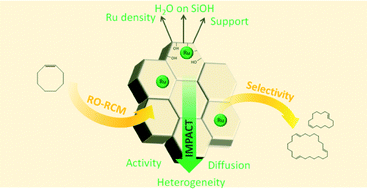
Catal. Sci. Technol., 2016,6, 2580-2597
https://doi.org/10.1039/C5CY01897H
About this collection
Zeolites are the most important heterogeneous catalysts with numerous large-scale applications including cracking, petrochemistry, fine chemical synthesis, and environmental protection. This themed issue evidences the significant impact of zeolites in catalysis, new trends in catalytic applications of zeolites and, in particular, their potential in catalysis. The Guest Editors of the issue are Jiri Čejka, David Serrano and Russell Morris.
Covering the breadth of zeolite chemistry and catalysis, this book provides the reader with a complete introduction to field, covering synthesis, structure, characterisation and applications. This book is ideal for newcomers who need to get up to speed with zeolite chemistry, and also experienced researchers who will find this a modern, up-to-date guide.